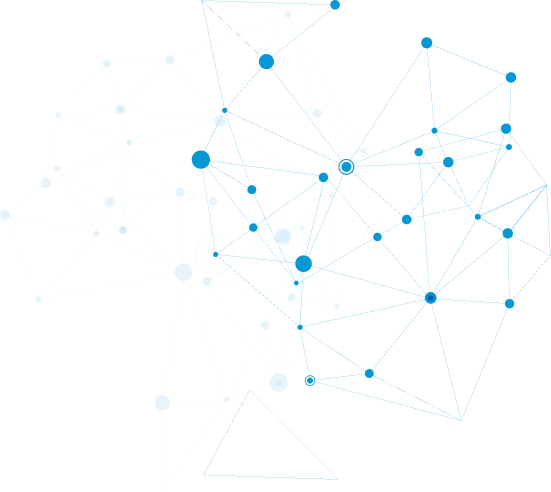MODEL PRODUCTION-LIKE TEST ENVIRONMENTS — WITHOUT CODING
With Torque’s drag-and-drop graphical UI, users can create reusable templates (called “blueprints”) for complex, hybrid environments that can accurately model production instances, preventing defects from escaping into production



